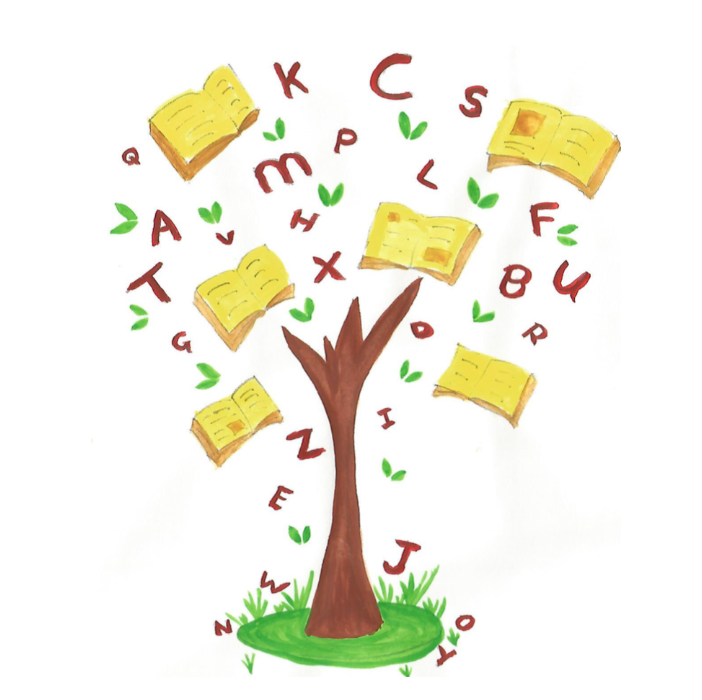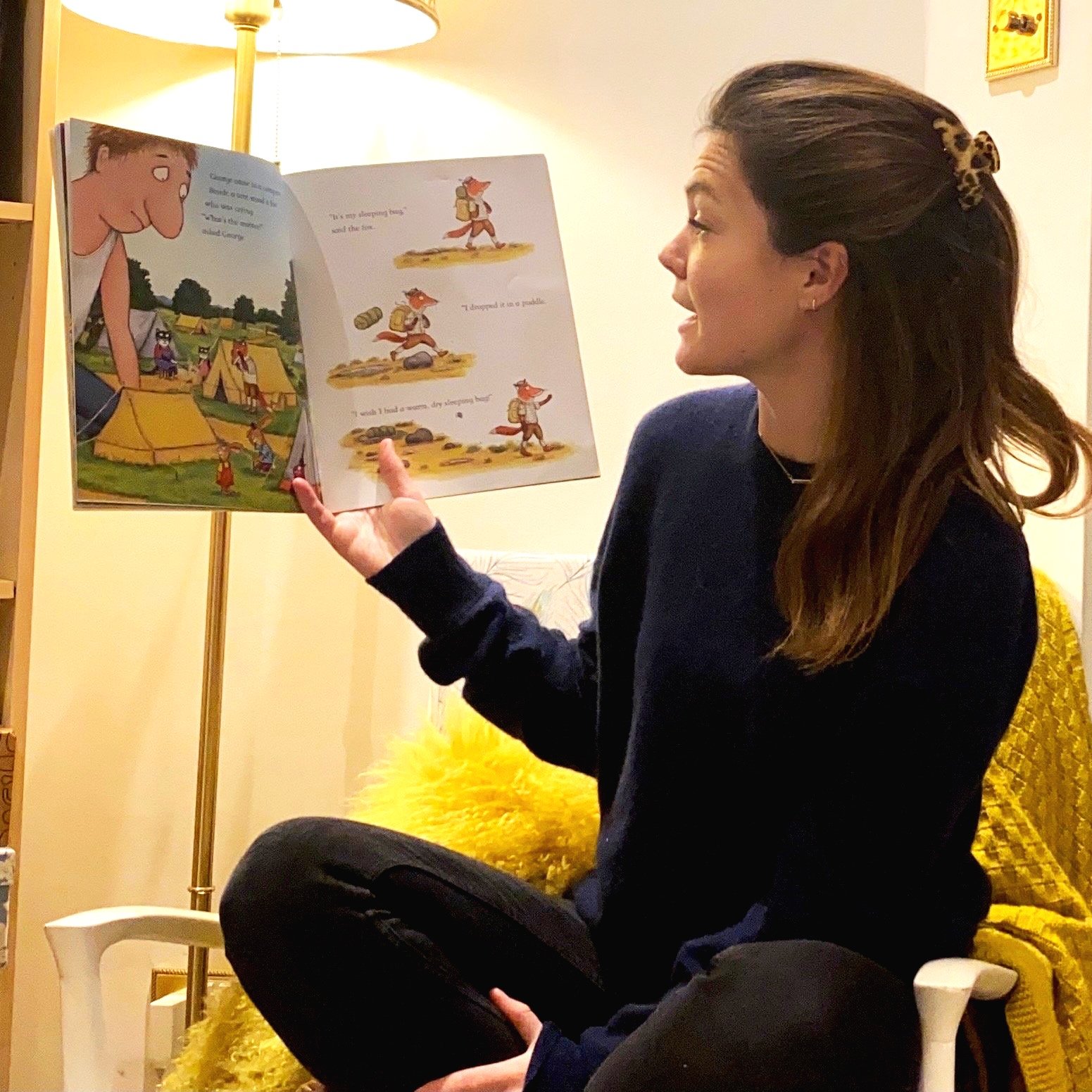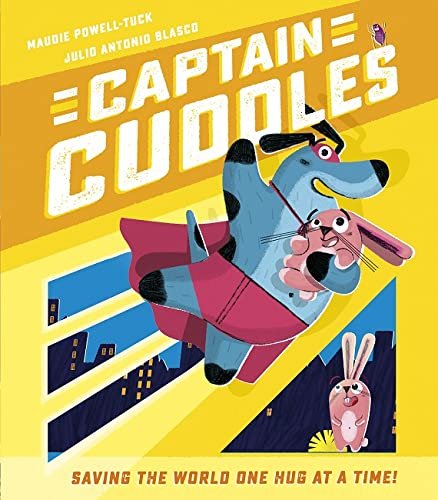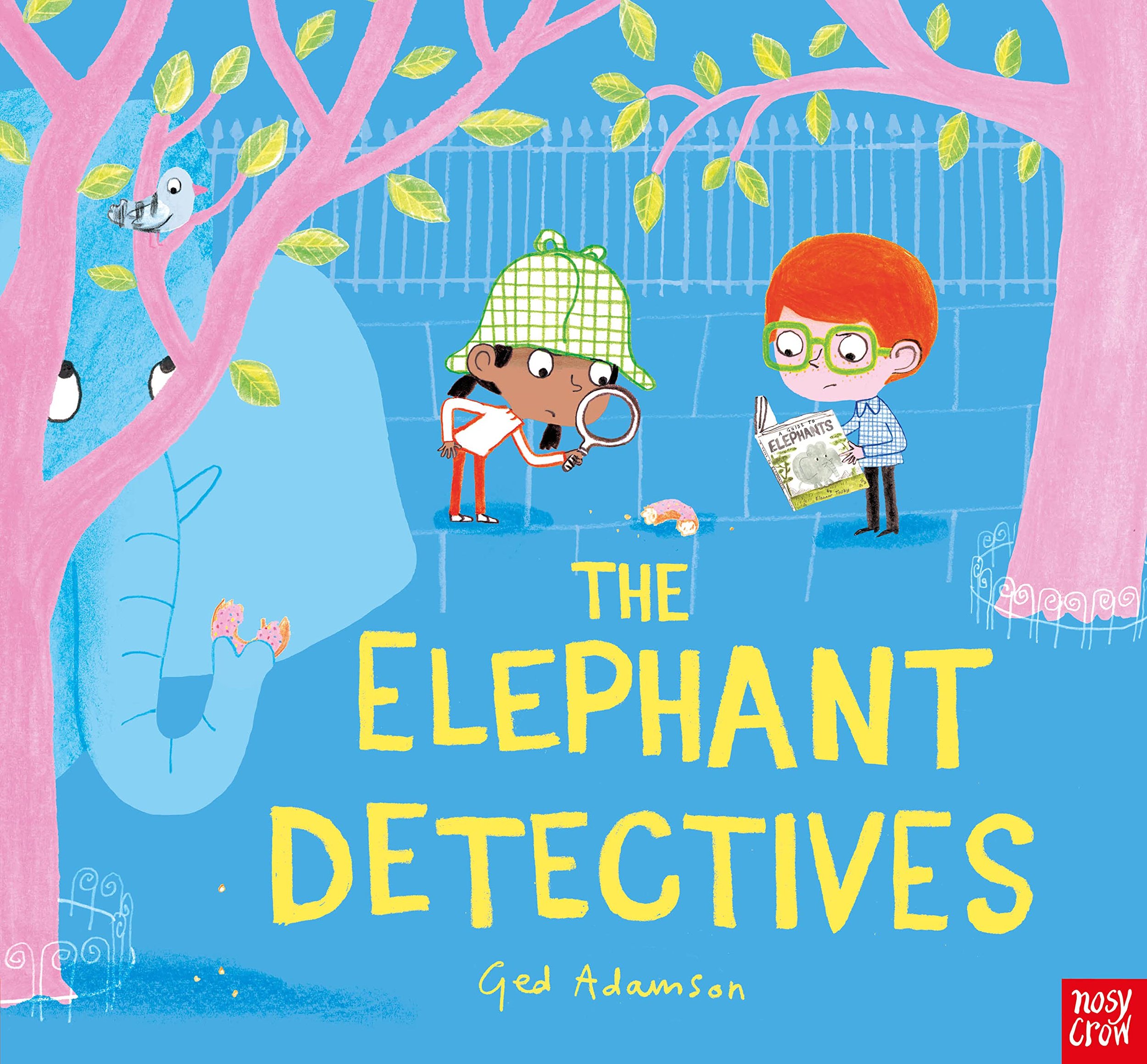3 books to read to your toddler this September
I adore books for supporting speech and language skills. Did you know that parents who read 1 picture book a day with their child expose them to an estimated 78000 words a year?! So why not maximise this with some new stories!
I adore books for supporting speech and language skills.
Did you know that parents who read 1 picture book a day with their child expose them to an estimated 78000 words a year?!
Books are amazing tools for language development because they expose children to familiar/ high frequency words (the words they will hear day in day out) through repetition.
They also expose them unfamiliar/ low frequency words. How often do you use the phrase “gust of wind”? If you’re like me, never! This phrase is used in one of the recommendations below, and through reading that story, you have the opportunity to teach what this phrase means in a very gentle, low-pressure way!
Reading has also been found to support bonding between parents and their children, and promotes emotional and social development. All in all, books are brilliant!
With that in mind, here is my round up of my favourite books that I have discovered during September…
Kitsy Bitsy's Noisy Neighbours by Polly Faber and Melissa Crowton
This brightly illustrated picture book is a great one for supporting speech and language skills.
It uses rhyme and rhythm to tell the story of the neighbours living in Park View Rise.
As speech therapists we often work with little ones one rhyme as it plays a role in phonological awareness (awareness of sounds and how they fit together to make words).
So choosing a book with rhyming elements is a great way to help develop your little one’s listening and auditory discrimination skills.
Captain cuddles By Maudie Powell-Tuck and Julio Antonio Blasco
This is a story about a super hero who turns ‘badies’ into ‘goodies’ through cuddles!
The lovely thing about this book is that it is interactive, with lift the flaps!
Lift the flap books are brilliant for working on anticipation, requesting and turn taking with little ones. Read your line and then pause to allow them to lift the flap or ask you to do so!
The Elephant Detectives by Ged Adamson
This is a sweet story about 2 friends who go looking for their missing elephant!
The nature of this story explores lots of different environments (on the elephant hunt) which allows for plenty of opportunity to model new vocabulary (e.g. cable car), and familiar vocabulary (e.g. inside).
Maximise this book by pausing every few pages and pointing out interesting things you can see on the pages.
When you do this there is no pressure for your little one to join in, simply for them to be present with you whilst you read. Of-course if they do point things out themselves, go with that and follow their lead!
Some links are affiliate links which means if you click through and buy using that link I will earn small commission from that purchase. Using my link does not affect the price you pay for the item. Thank you for your support!
How to take your child from 5 to 50 words!
Follow these tips to boost your toddlers talking
By the age of two years old we expect children to have around 50 words in their vocabulary and to be putting 2 words together. This blog post is for you if your little one is aged 2+ and is saying handful of single words.
Make sure you have the foundations covered!
For all children, regardless of whether talking is easy or hard for them, these are the foundations you want to make sure you have covered.
Reduce questions
It’s really easy to fall into the trap of asking children lots and lots of questions when talking is a little tricky for them. I totally get it, we want to check they are learning new words, and to see those signs of progress. Unfortunately, this does not help children develop their communication skills. So, try to reduce the questions & replace them instead with a comment.
Model words in context
This is linked to the above point. You might be wondering ‘what does modelling mean?’ Comment or label what your child is doing, looking at, playing with. It is important to follow their focus as this helps little ones attach meaning to the words you say.
Play & have fun
Children learn best when they’re having fun, so get involved in their interests and enjoy! All that lovely language you are modelling will worm it’s way in there even if it doesn’t seem like it is.
Choose your vocab!
Once you know you have all the basics covered it’s time to be a little more intentional with the way you support your little one. Here are the next steps to take…
Write a word list of 20-30 words (I know that seems like a lot but if you follow these steps it won’t feel so scary!).
Choose words that your little one doesn’t already use.
Choose words for things they want (if they don’t want Broccoli there is no point this being in the list, if they love it then go for it!).
Mix up words to ask for items, people and actions (cuddle, jump, swing, tickle).
Once you have your master list choose 5 of the most important words and have those as your words of the week!
Tell everyone in their world what these words are (teachers, childminders, grandparents, write it on the fridge, in your phone, wherever you’ll see it!).
Provide opportunities for your little one to hear these words (e.g. if ‘swing’ is one of your words… go to the park this week, or choose it on a week you were planning on going!).,
When you get to the end of the week, take stock – any new words you have heard? Want to keep going with those 5 or move onto the next? It’s up to you, you can always circle back to them later.
Enjoy and let me know how you get on over on Instagram @sw_speechtherapy!
My child has an amazing vocabulary but they can’t ask for a snack – what do I do?
My child has an amazing vocabulary but they can’t ask for a snack – what do I do?
I have worked with many children who have lots and lots of words that they know but they are struggling to know how to communicate. 2 little ones in particular come to mind, one who knew the names of all the dinosaurs (something I could never hope to achieve!) and another who could recite the whole of Room on the Broom word for word. Both of these little ones struggled to get across their core needs verbally.
I have worked with many children who have lots and lots of words but they struggle to express their wants and needs.
Two of my past clients come to mind in particular when writing about this.
One who knew the names of all the dinosaurs (something I could never hope to achieve!) and another who could recite the whole of Room on the Broom word for word.
Both of these little ones struggled to get across their core needs verbally.
Now that doesn’t mean they weren’t communicating in other ways, but the reason I was there, was to help them develop their skills and reduce frustration.
Communication functions
When I see little ones who have this particular profile, the difficulty is with communication functions. These children have lots of language (clearly!) but they aren’t yet able to use those words for a range of functions. Which is the skill we need to teach them.
What are communication functions?
There are many but the core functions that are useful to focus on are:
Labelling: likely this is the one your little one is an expert in! They can say what something is with ease! Dinosaur names (if that’s their thing!) not a problem, retelling the whole of a book – on it!
Requesting: this is probably the one we are struggling with, perhaps your little one is in fact making requests (asking for things) but perhaps they are doing this non-verbally. Which is undoubtably confusing for you as you know they have so many words in there!
Protesting: this is rarely a skill I have to work on with little ones, although there are of course those children who are super chilled and will just take themselves away from a situation they don’t like! But this is what is says on the tin – the ability to say ‘no’ or ‘stop’ in an effective, appropriate way.
I am going to make the assumption here that your little one has labelling and protesting in the bag, but requesting is the thing that’s hard.
So how do you work on requesting?
First things first, and this is super important! Only work on requesting for things you know your child wants. At this early stage do not work on any form of request for things they do not like or do not care about. With that in mind I would probably start with the things they are already labelling. For the purpose of this I am going to go with the dinosaur example…
You want to invest in some new resources to create multiple opportunities to request. This could be a picture of their favourite things, or some new toys/ books).
Create an environment where you have the things they want (so if you had a dinosaur puzzle you would have the puzzle pieces and they would have the board).
Give some of the item for ‘free’. This ensures that it is actually motivating for them and eases them in.
After you have given a few for ‘free’ hold up a toy and pause.
This pause may be enough for them to fill the silence with the name of the toy (try to not ask “what’s this?”).
Give them the toy as soon as they say its name – you are teaching that they can use these words to ask for things as well as to label things.
If the pause is not enough, label the item for them (e.g. “dinosaur”) and give them the toy.
On the next one, hold up the toy, label it (e.g. “dinosaur”) and pause to give them time to say the name.
As soon as they do give them the toy!
After a number of rounds give the remainder of the toys to them ‘for free’ and allow them a while to explore on their own with no expectation for them to ask for anything.










